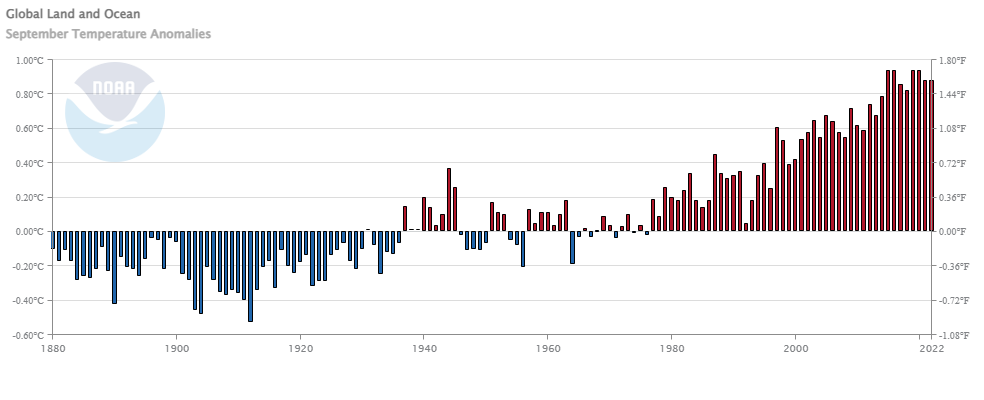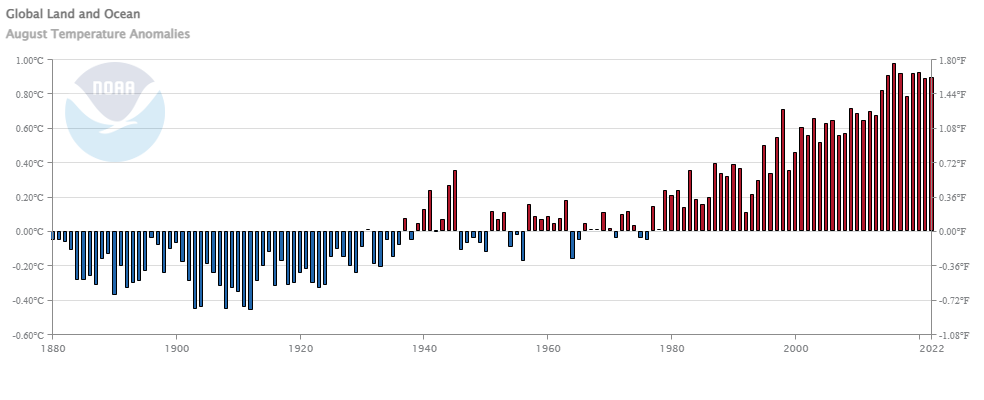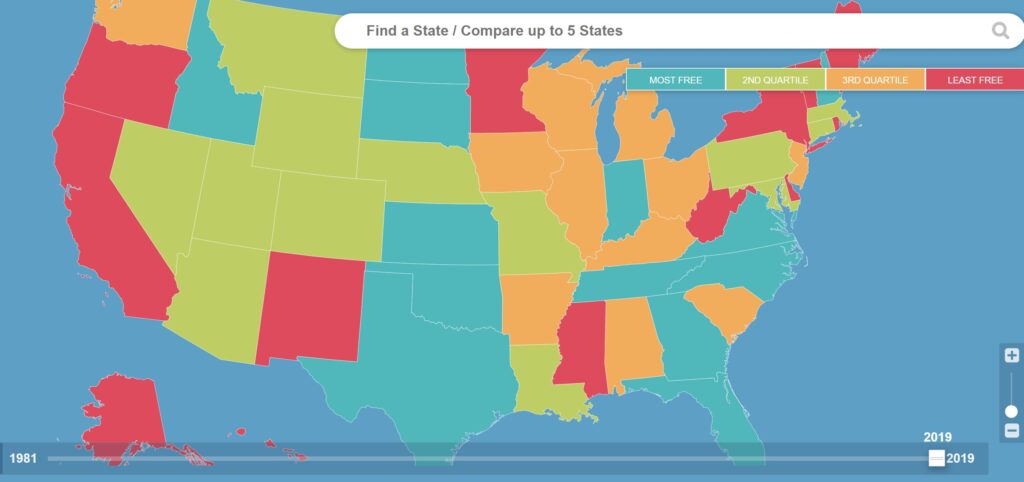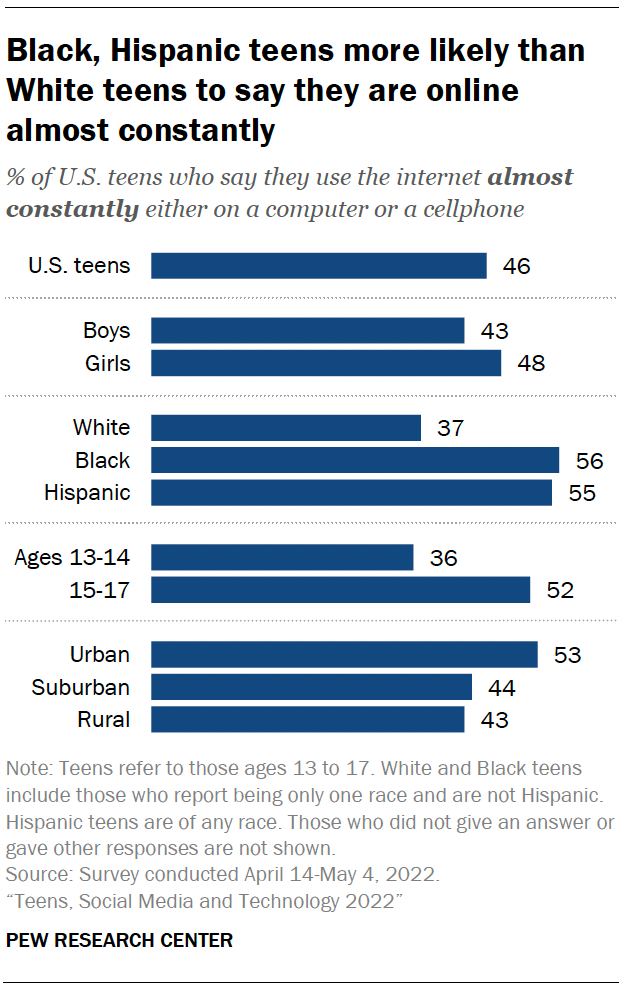 From NOAA’s September 2022 Global Climate Report:
From NOAA’s September 2022 Global Climate Report:
The September 2022 global surface temperature departure tied September 2021 as the fifth highest for September in the 143-year record at 0.88°C (1.58°F) above the 20th century average of 15.0°C (59.0°F). The ten warmest Septembers on record have all occurred since 2012. September 2022 also marked the 46th consecutive September and the 453rd consecutive month with temperatures, at least nominally, above the 20th century average.
A few highlights:
North America had its warmest September on record, surpassing the previous record set in 2019 by 0.30°C (0.54°F). The Caribbean Islands region had its sixth-warmest September on record.
Hong Kong had an especially warm and sunny September, where the average temperature, mean maximum temperature, and mean minimum temperature were each the second highest on record for the month.
After an unusually cool summer, Greenland experienced record-breaking temperatures for September at multiple stations along the west coast, making for an exceptionally warm September. In Paamiut and Qaqortoq, this month’s average temperature exceeded any of the three previous summer temperature averages.
Times series data is available on the page.







